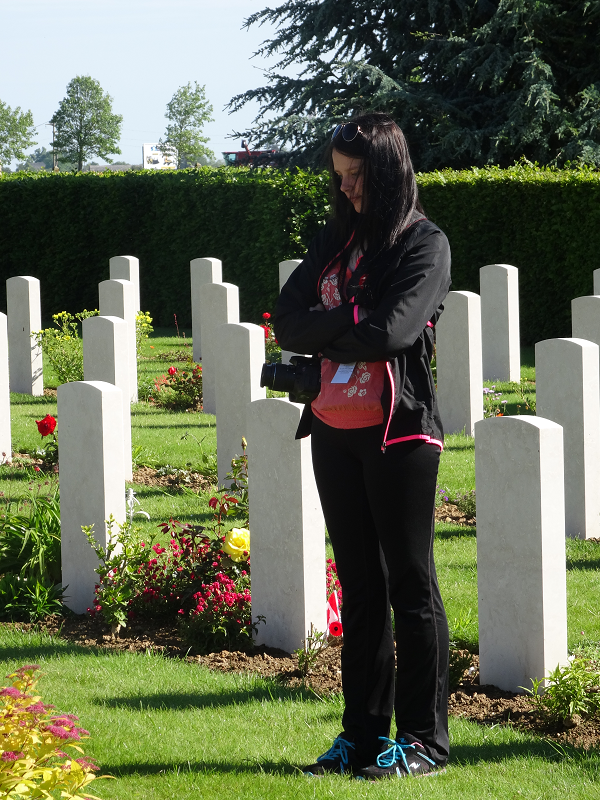 Meet Phil Cassidy, a history and band teacher for grades 9–12. He has 22 years of teaching experience and has led seven tours with Explorica, with two more in the works. Phil served in the Canadian infantry for eight years—one of the many reasons he believes in the importance of connecting students with Canada’s military history.
Meet Phil Cassidy, a history and band teacher for grades 9–12. He has 22 years of teaching experience and has led seven tours with Explorica, with two more in the works. Phil served in the Canadian infantry for eight years—one of the many reasons he believes in the importance of connecting students with Canada’s military history.
Has your military experience shaped how you teach Canadian history to your students? Absolutely. I served as a bandsman in the West Nova Scotia Regiment for eight years. Everybody had the same basic training and I later received combat leadership training, but as a bandsman I also got to be a part of the ceremonial duties that are deeply rooted in the history of the armed forces. So my service not only taught me how to be part of a team and how to find stamina and strength in myself; it also gave me an even deeper appreciation for the sacrifices of the men and women who came before me, and how important it is to honour their sacrifices. As a teacher, that’s what I try to impart upon my students.
 What is the most memorable experience from your past Explorica tours? There have been so many moments that shape a tour, and every tour is different. One of the first that comes to mind is when I took a group of students to Tyne Cot National Cemetery in Belgium. My goal for these history tours is to bring students in touch with the sacrifice and young age of the soldiers who fought for us. The first time you see the rows of seemingly endless headstones it can be pretty overwhelming. Experiencing that moment with my students and seeing the magnitude of what happened sink into their understanding was certainly remarkable.
What is the most memorable experience from your past Explorica tours? There have been so many moments that shape a tour, and every tour is different. One of the first that comes to mind is when I took a group of students to Tyne Cot National Cemetery in Belgium. My goal for these history tours is to bring students in touch with the sacrifice and young age of the soldiers who fought for us. The first time you see the rows of seemingly endless headstones it can be pretty overwhelming. Experiencing that moment with my students and seeing the magnitude of what happened sink into their understanding was certainly remarkable.
Why do you think teachers should lead educational tours? Educational travel brings a realism to the lesson that doesn’t happen when reading facts in a textbook. You can’t get the same level of understanding any other way—being there gives purpose and meaning to the history. Being there makes it important. When we come back from a tour, the enthusiasm my students carry with them is contagious. I can practically see the ripples of energy they create flow throughout the entire school. They get the other students excited about what they saw and what they learned. For me, this is huge; the past is alive in my students and that is what being a history teacher is all about.
What advice do you have for teachers planning a commemorative tour? Make sure you build group camaraderie before you leave. These tours can be emotional at times, and it’s important that students feel comfortable with each other and with you so they can get the most out of the experience. I organize a few pot-luck dinners and have the students give presentations about a place or activity on the itinerary. They get important background information on where we are going and a chance to get to know the people they are travelling with, including me. After we return from tour we have a wrap-up dinner to talk about our favourite moments and memories. It’s a nice way to keep the positive group dynamic.
